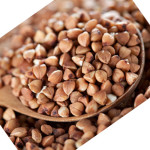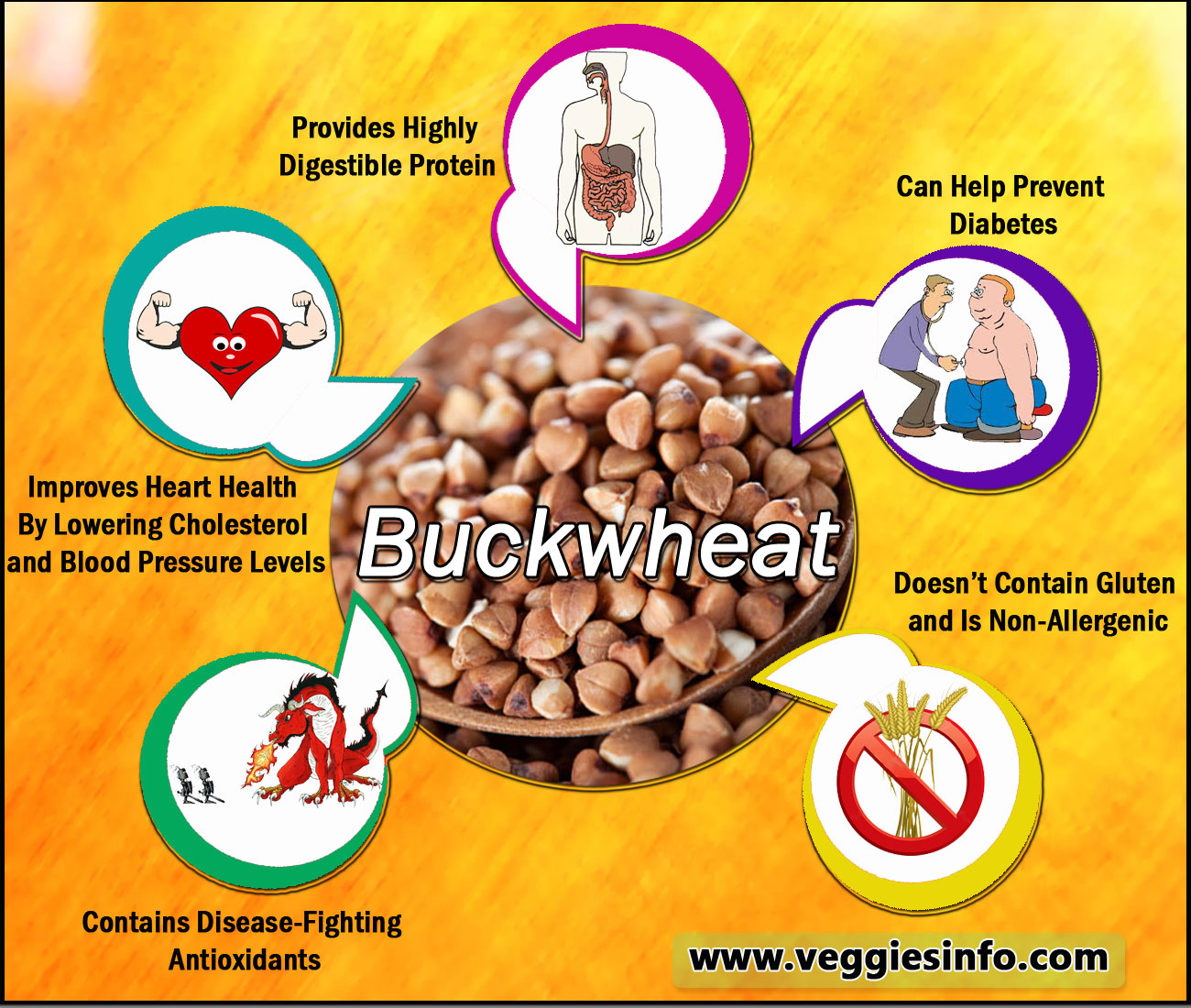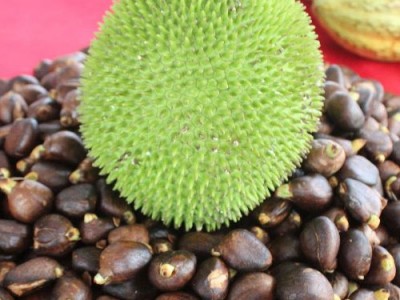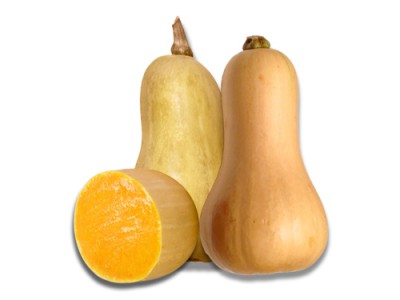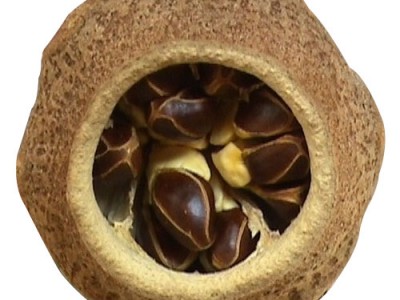
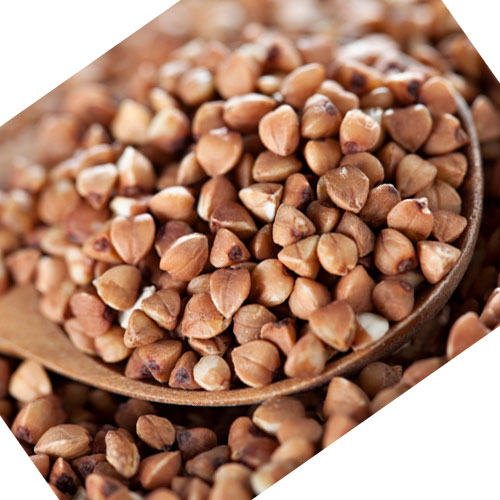
Buckwheat History And Its Properties
Buckwheat
Understanding the life of plants and trees is a complicated affair. The botanist and scientist are still exploring the benefits of various plants and trees. Many plants have rich nutrients and minerals and live for number of years on the planet. Everyone likes the fragrance of the flowers and fruits grown on the trees. This topic will deal with Buckwheat plant which is primarily cultivated for its seeds. The botanical name of this plant is Fagopyrum tataricum.
These plants attract lots of honey bees.The buckwheat is also called as Beech wheat. These crops grow will in acidic soil and needs lot of water. These crops are not found in hilly terrains since it grows well in moderate temperatures. These plants have a growing period of 10-12 weeks. These plants grow 30 to 50 inches tall. These plants are grown in many countries as food crop.The other common names of these plants are Japanese buckwheat and Silverhull buckwheat.
History
- These beans are found in Southeast Asia, Central Asia, Tibet, Middle East, and Europe.
- These beans were cultivated in these areas around 6000 BC. The oldest known remains dates back to 2600 BCE and is found in China.
Uses
- Wheat is there only in the name of and not in the seed. These seeds are rich in complex carbohydrates.
- The people who are sensitive to wheat and other grains which contain gluten can consume these beans.
- The seeds are rich in nutritional values. The nutrients that are found in these seeds are proteins, minerals, polyphenols, fiber and vitamins.
- The people living in Tibet import these beans and eat them.
- Indians use buckwheat flour during festive season.
- Buckwheat noodles are a lip smacking dish served in Tibet and China.
- Many people use these beans as Porridge.
- Buckwheat pan cakes are delicious to eat and easy to digest.
Aspects
- Buckwheat is a gluten-free grain, making it an excellent choice for people who have a gluten intolerance or sensitivity.
- Buckwheat is an excellent source of protein and fiber, which can help to keep you feeling full longer.
- Buckwheat is high in essential minerals and vitamins, including magnesium, copper, zinc, and B vitamins.
- Buckwheat is a good source of antioxidants, which can help protect your cells from damage caused by free radicals.
- Buckwheat is a versatile ingredient that can be used in a variety of dishes, from pancakes to salads.
Properties
Buckwheat is a nutrient-rich, gluten-free grain that has a variety of health benefits. It is high in fiber, protein, and many essential vitamins and minerals, including magnesium, phosphorus, zinc, and iron. It is also a good source of antioxidants, which may help reduce the risk of certain diseases. Buckwheat has been found to help lower cholesterol levels and may also reduce the risk of diabetes. Additionally, it is a good source of complex carbohydrates and is low in calories, making it a great food for weight loss and maintenance.

